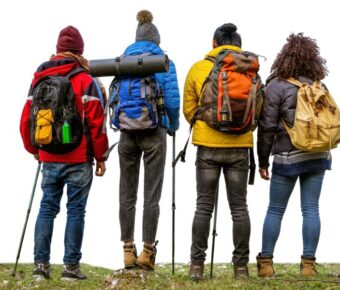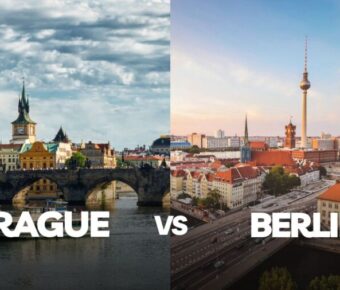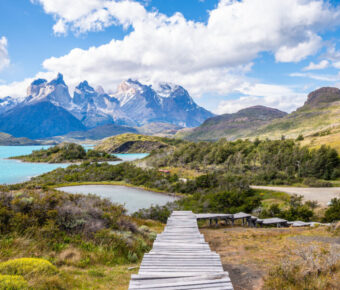
Munich vs Füssen: 5 Key Differences Between Bavaria’s Most Enchanting Destinations
Planning a Bavarian adventure? Deciding between Munich and Füssen can be tricky! Munich offers a big-city appeal with world-class museums, vibrant nightlife, and a rich history. Füssen, a charming small town, is the gateway to fairytale castles, including the famous Neuschwanstein.
For travelers with limited time in Bavaria, Munich makes an excellent base with better transportation options. At the same time, Füssen provides a more intimate experience of small-town German culture and closer access to stunning Alpine scenery. Many visitors spend most of their time in Munich and make a day trip to Füssen to see Neuschwanstein Castle, which is only about 2 hours away by train.
Both destinations showcase Bavaria’s unique heritage in different ways. Munich reveals urban Bavarian culture through its grand architecture and beer halls.
At the same time, Füssen highlights the region’s romantic past with its medieval old town and proximity to King Ludwig II’s famous castles. Your choice depends on whether you prefer city exploration or nature and fairytales.
Contents
- Getting to Know Munich
- Historical Significance
- Transportation Hubs
- Cultural Landmarks
- Exploring Füssen and Its Environs
- Füssen’s Historical Aura
- Gateway to the Castles
- Picturesque Settings
- The Journey from Munich to Füssen
- Travel Options
- Ticketing and Practical Tips
- Scenic Routes
- Neuschwanstein Castle: A Fairy Tale Experience
- Historical Insights
- Touring the Castle Grounds
- Photography Tips and Tricks
- Day Trip Destinations around Füssen
- The Romantic Road Adventure
- Excursions to Hohenschwangau and Schwangau
- Visiting Linderhof Palace
- Practical Visitor Information
- Accommodation Options
- Dining and Cuisine
- Cultural Etiquette
- Navigating Local Transport
- Frequently Asked Questions
- How can one travel from Munich to Neuschwanstein Castle, and what transportation options are available?
- What are the hidden gems to discover from Munich to Füssen?
- In terms of cultural experiences, how do Munich and Füssen differ?
- What unique culinary experiences can one expect when traveling in the Munich-Füssen region?
- Can you recommend the best time of year to visit Füssen for those starting their trip from Munich?
- What are the top accommodations for an ideal stay between the Munich and Füssen areas?
- More Travel Guides
Getting to Know Munich
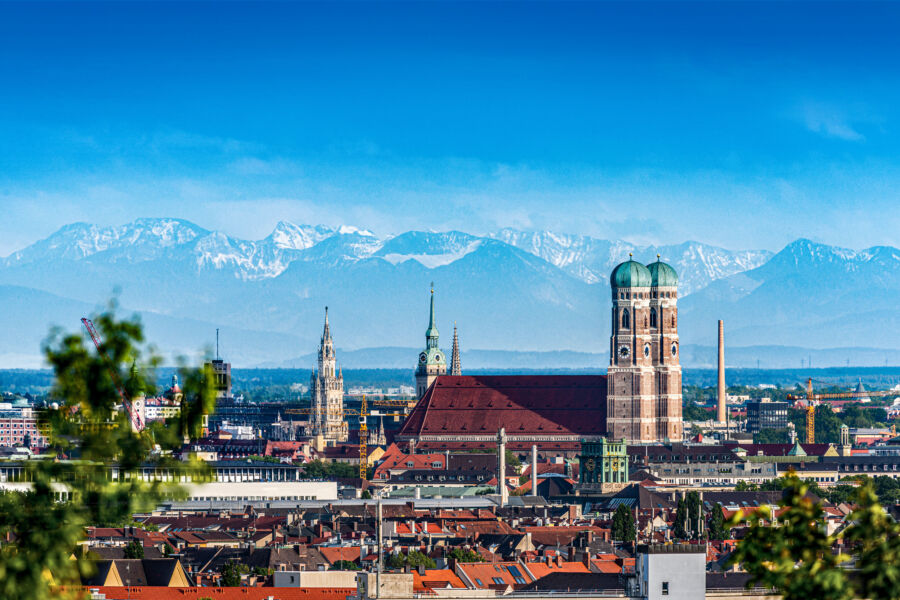
Munich, the capital of Bavaria, offers visitors a perfect blend of history, convenience, and culture. This vibrant city welcomes travelers with excellent transportation options and landmarks that showcase its rich heritage.
Historical Significance
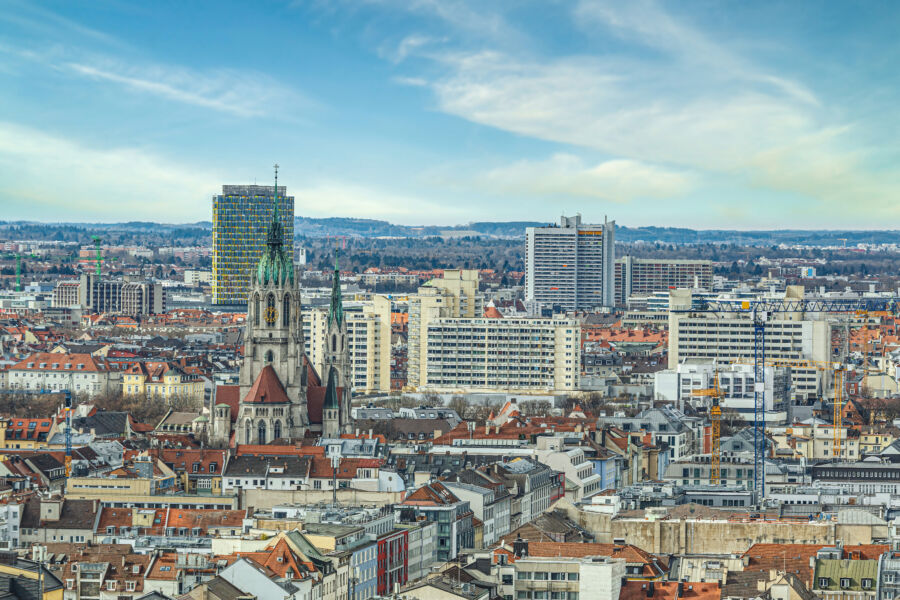
Munich’s history stretches back to 1158, when Henry the Lion founded it. The city’s name comes from the Old High German term “Munichen,” meaning “by the monks,” referring to the Benedictine monastery that once stood where the Old Town is today.
The Wittelsbach dynasty ruled Bavaria from Munich for over 700 years, shaping much of the city’s character. During the 19th century, King Ludwig I transformed Munich into the “Athens on the Isar” with neoclassical buildings and grand boulevards.
World War II left deep scars on Munich. The city was heavily bombed, and many historic buildings were destroyed. After the war, Munich rebuilt carefully, preserving its historical layout while becoming a modern economic powerhouse.
Transportation Hubs
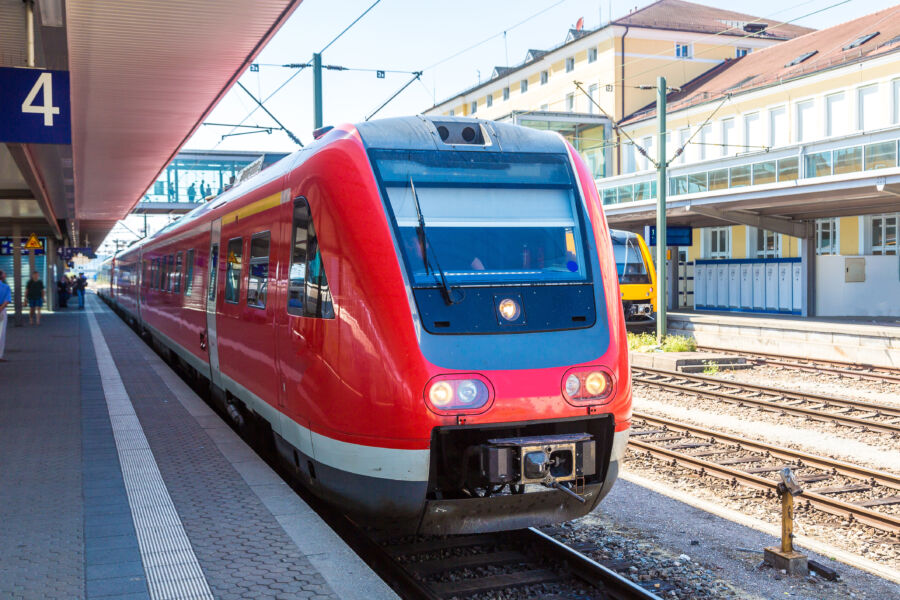
Munich Airport ranks among Europe’s busiest and most efficient airports. Located about 40 km northeast of the city center, it offers connections to destinations worldwide and has consistently won awards for its services and design.
The city’s main train station, München Hauptbahnhof, is a key transportation hub in Central Europe. ICE high-speed trains connect Munich to other major German cities and neighboring countries.
Munich’s public transportation system is exceptional and tourist-friendly. The U-Bahn (subway) and S-Bahn (suburban trains) form the network’s backbone, complemented by trams and buses.
A day ticket for public transport costs around €8 and gives you unlimited travel within the city. The transportation system is clean, punctual, and easy to navigate, even for first-time visitors.
Cultural Landmarks
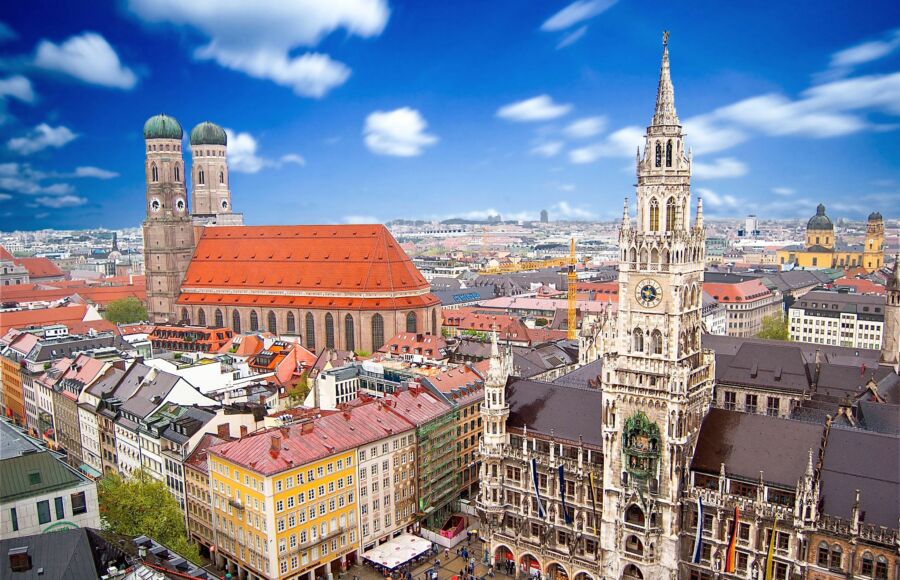
Marienplatz, Munich’s central square, features the stunning Neo-Gothic New Town Hall with its famous Glockenspiel clock, which plays daily at 11 a.m. and noon. The square has been the city’s heart since the 12th century.
The Residenz, once home to Bavaria’s Wittelsbach rulers, now houses museums showcasing royal collections. With 130 rooms and 10 courtyards, it’s one of Europe’s most impressive royal palaces.
Munich’s museum quarter contains world-class institutions like the Alte Pinakothek, Neue Pinakothek, and Pinakothek der Moderne. These museums display everything from Old Masters to contemporary art.
The English Garden, larger than New York’s Central Park, offers peaceful green space in the city. Here, you’ll find people surfing on a permanent wave in the Eisbach stream, a unique Munich sight!
Exploring Füssen and Its Environs

Füssen sits at the southern end of Germany’s Romantic Road, tucked into the Bavarian Alps. This charming small town offers visitors a blend of history, culture, and natural beauty, making it worth more than a quick stop.
Füssen’s Historical Aura
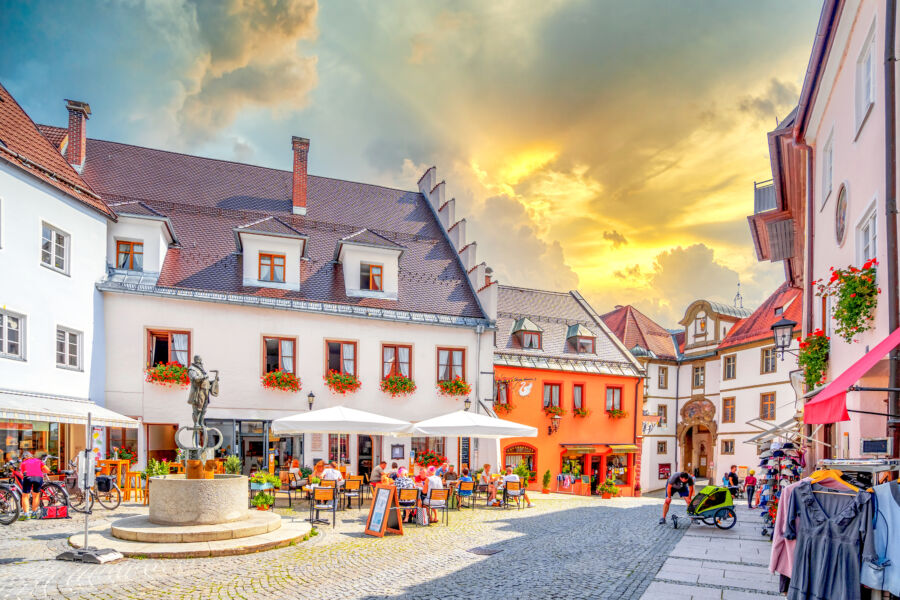
Füssen’s medieval old town (Altstadt) captivates visitors with its colorful buildings and narrow cobblestone streets. Dating over 700 years, the town center features well-preserved architecture telling stories of its past. The High Palace (Hohes Schloss), once a summer residence for the Bishops of Augsburg, now houses an impressive art gallery with late Gothic paintings.
St. Mang’s Abbey, founded in the 9th century, remains one of Füssen’s most significant historical sites. The baroque basilica features stunning ceiling frescoes and an ornate organ. The abbey museum displays Füssen’s heritage as a lute and violin-making center.
Local shops and cafés line the pedestrian zone, making it larger and more interesting than many expect from a town of this size. The historical center can be explored in a few hours, but its charm might keep you lingering longer.
Gateway to the Castles
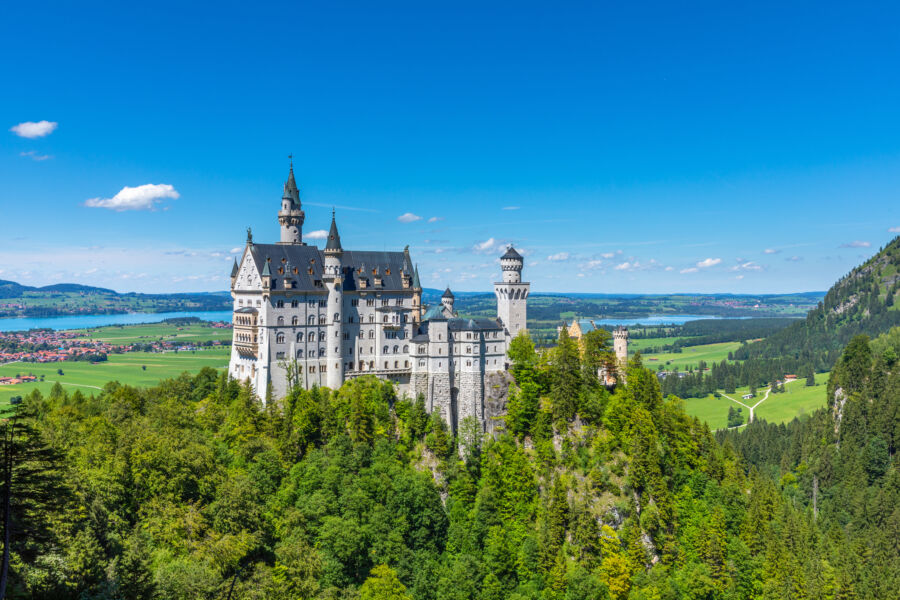
Füssen is the perfect base for visiting Bavaria’s most famous castles. Just a short bus ride away lies Neuschwanstein Castle, King Ludwig II’s fairy-tale creation that inspired Disney’s Sleeping Beauty Castle. Its white towers, rising dramatically against mountain backdrops, create an unforgettable sight.
Nearby Hohenschwangau Castle, Ludwig II’s childhood summer residence, offers a more intimate glimpse into royal life. The yellow fortress predates Neuschwanstein and features richly decorated interiors with scenes from medieval legends.
For those willing to venture a bit farther, Linderhof Palace showcases Ludwig’s fascination with French design. Though smaller than his other castles, its ornate interiors and manicured gardens display exceptional opulence. Getting to these castles from Füssen is straightforward, and regular bus services make it practical to visit multiple sites in a day.
Picturesque Settings
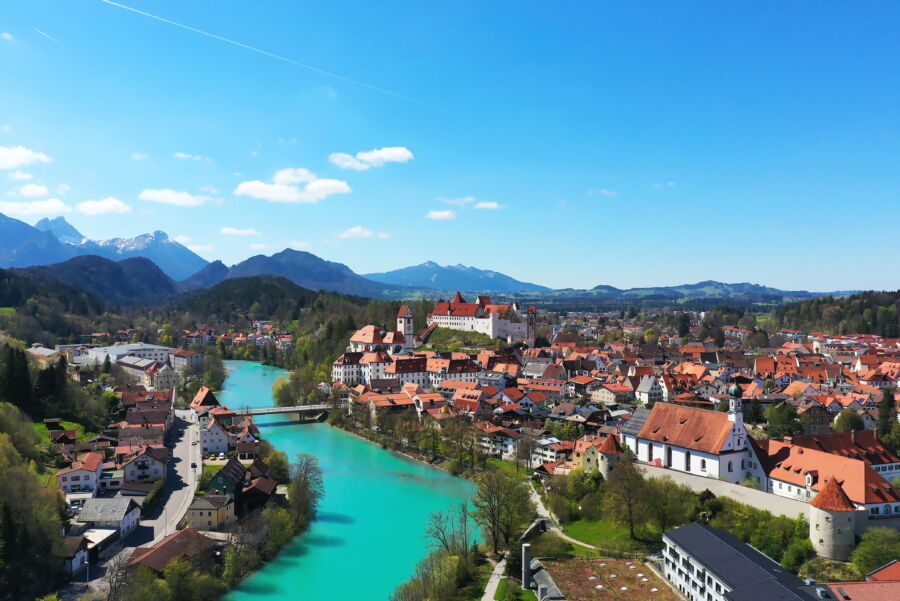
The natural landscapes surrounding Füssen rival its architectural treasures. The town sits beside the turquoise waters of Lake Forggensee, offering swimming and boating opportunities in the summer months. Lake Alpsee, near Hohenschwangau, provides idyllic walking paths through pristine alpine scenery.
The Lech River cascades through town, creating dramatic waterfalls at the Lechfall. Wooden bridges offer perfect vantage points for photos of the rushing blue-green waters.
Hiking trails abound in the area, ranging from gentle walks to challenging mountain treks. The nearby Tegelberg mountain features a cable car that whisks visitors up for panoramic views of the Alps and valleys below.
The region transforms into a snowy wonderland during winter with skiing, snowshoeing, and winter hiking opportunities. The mountains surrounding Schwangau create a picture-perfect backdrop regardless of season.
See Related: The Ultimate 7-Day Germany Itinerary: Unveiling Hidden Gems and Must-See Wonders
The Journey from Munich to Füssen
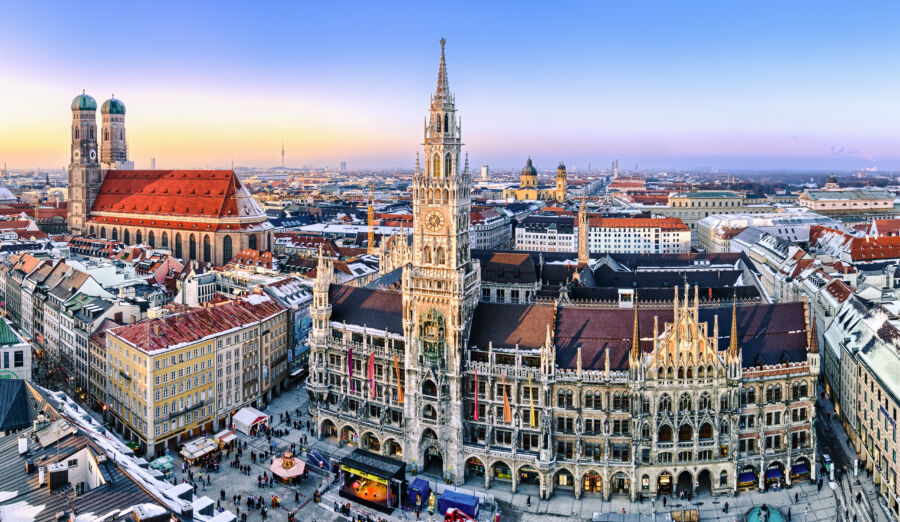
Traveling between Munich and Füssen offers several options that balance convenience, cost, and scenery. The journey crosses through beautiful Bavarian countryside and can be straightforward or scenic, depending on your preferences.
Travel Options

The train is the most popular way to get from Munich to Füssen. The journey takes about 2 hours, and trains run regularly throughout the day.
You’ll need to switch trains once, typically at Buchloe station. The connections are well-timed, making this a smooth journey.
By car, the drive takes approximately 1.5-2 hours, depending on traffic. From Munich Airport, you can take the Autobahn A-99 clockwise as a bypass around Munich, then connect to the A-96 toward Lindau before switching to smaller roads leading to Füssen. This offers the flexibility to stop wherever you like.
Though less frequent than trains, bus services also run between the cities. Some tour companies offer day trips, including transportation and guided visits to Neuschwanstein Castle.
Ticketing and Practical Tips
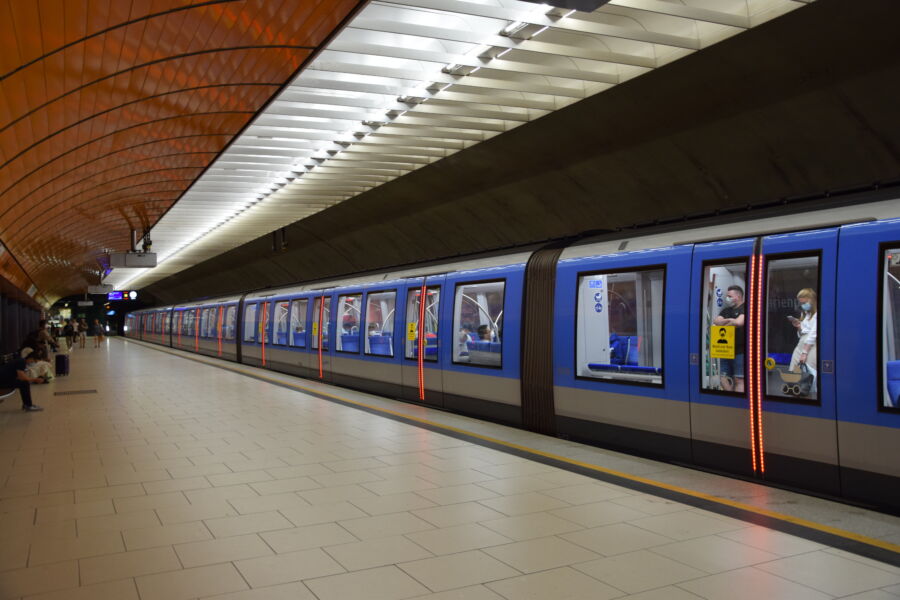
The Bayern Ticket is often the most economical choice for train travel. This regional day pass costs about €26 for one person and €8 for each additional traveler (up to 5 people total). It’s valid on all regional trains and public transportation in Bavaria after 9 a.m. on weekdays and all day on weekends.
Booking train tickets in advance through the Deutsche Bahn website or app can save you time at the station. In summer and during holidays, trains can get crowded with day-trippers.
If you’re planning a day trip, leave Munich early (around 8–9 a.m.) for plenty of time in Füssen. The last trains back to Munich typically depart around 8 p.m., but always check the current schedule.
Scenic Routes
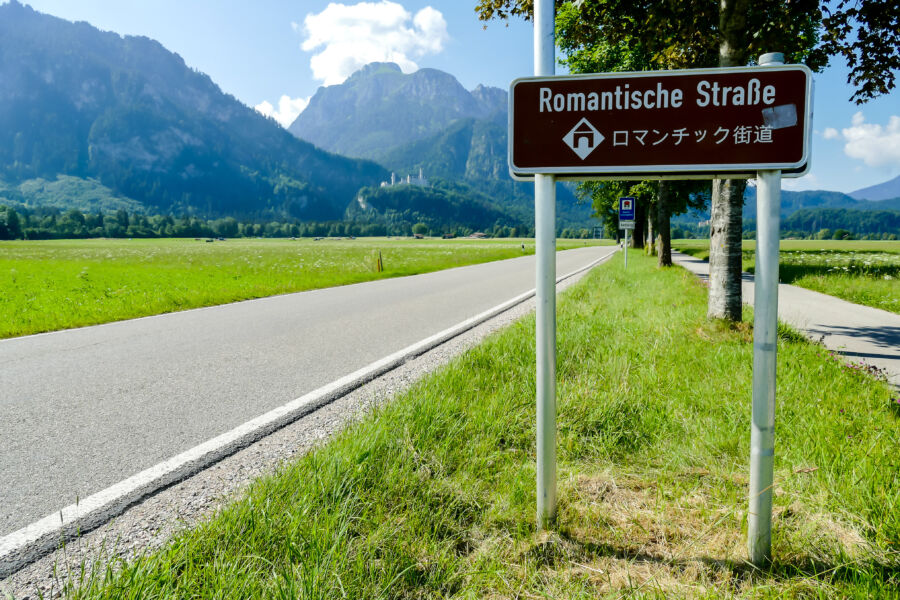
The Romantic Road (Romantische Straße) offers a picturesque alternative to direct routes. This tourist route runs from Würzburg to Füssen, passing through medieval towns and beautiful countryside. While longer than the direct route, it’s perfect for those wanting to experience more of Bavaria.
The train journey offers lovely views of the Bavarian countryside, especially as you approach the Alps near Füssen. For the best mountain views, sit on the right side of the train when heading to Füssen.
Drivers should consider taking the slightly longer route through charming villages like Murnau and along Lake Starnberg. This adds about an hour to your journey but rewards you with stunning landscapes and authentic Bavarian towns where you can stop for coffee or lunch.
Neuschwanstein Castle: A Fairy Tale Experience
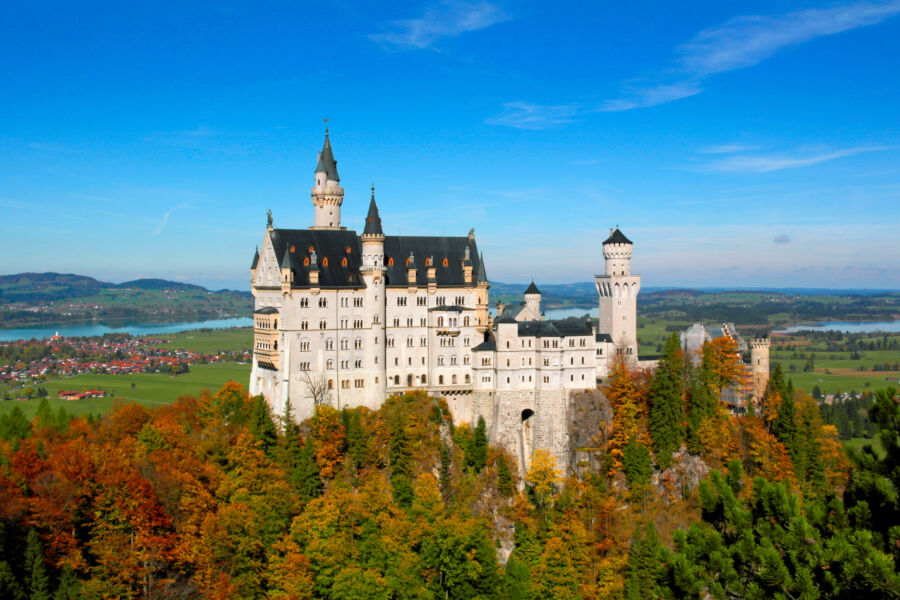
Neuschwanstein Castle is one of Bavaria’s most iconic landmarks, drawing visitors with its dramatic towers and stunning Alpine setting. This 19th-century masterpiece uniquely blends romantic architecture, fascinating history, and breathtaking views.
Historical Insights
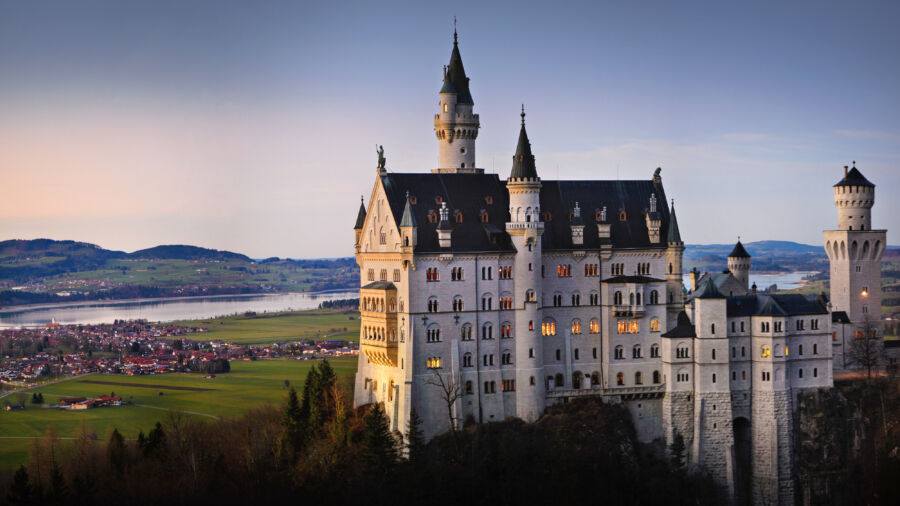
Neuschwanstein wasn’t built in medieval times – it’s actually quite modern by castle standards. King Ludwig II of Bavaria commissioned it in 1869 as his retreat. The shy king was obsessed with Wagner’s operas and romantic ideals, which heavily influenced the castle’s design.
Construction was never fully completed, as Ludwig died mysteriously in 1886. Only about 14 rooms were finished.
Despite its relatively young age (about 150), the castle has a dramatic history. After Ludwig’s death was immediately opened to the public as a museum. During WWII, the Nazis used it to store looted art treasures.
The name “Neuschwanstein” means “New Swan Stone,” reflecting Ludwig’s fascination with swans as symbols of purity. Walt Disney later used it as inspiration for Sleeping Beauty’s castle!
Touring the Castle Grounds
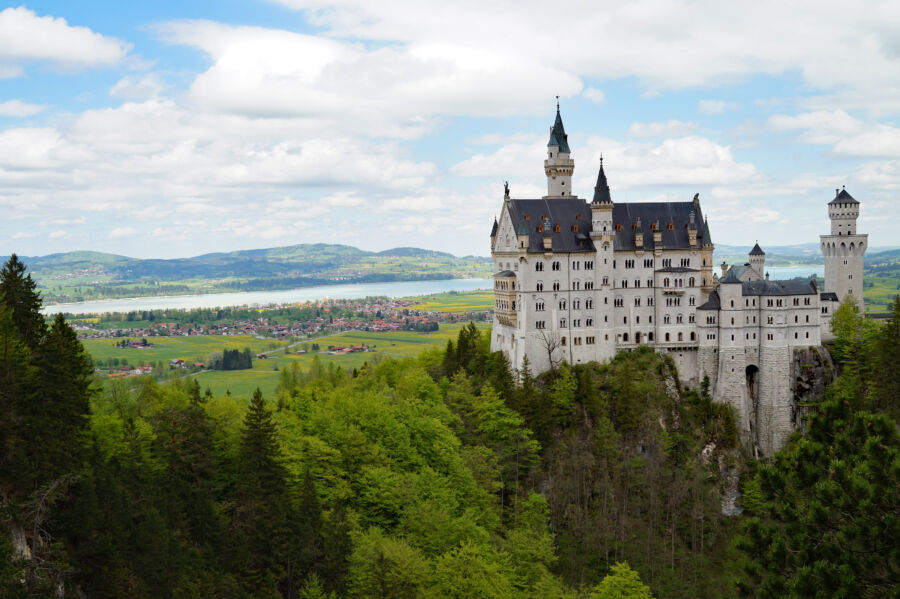
Tickets should be purchased well in advance, especially during peak summer months. You can buy them online or at the ticket center in Hohenschwangau village.
The castle sits atop a hill, and you have three options to reach it:
- Walking uphill (about 40 minutes)
- Horse-drawn carriage (partial way up)
- Shuttle bus (fastest option)
The guided tour lasts about 35 minutes and takes you through the king’s bedroom, throne room, and singer’s hall. Photography isn’t allowed inside the castle.
Don’t miss the Marienbrücke (Mary’s Bridge), suspended over a waterfall with spectacular castle views. In winter, it might be closed due to ice and snow conditions.
The surrounding area offers beautiful hiking trails along Alpseestrasse. The nearby Alpsee Lake provides a refreshing spot for a picnic after your castle visit.
Photography Tips and Tricks
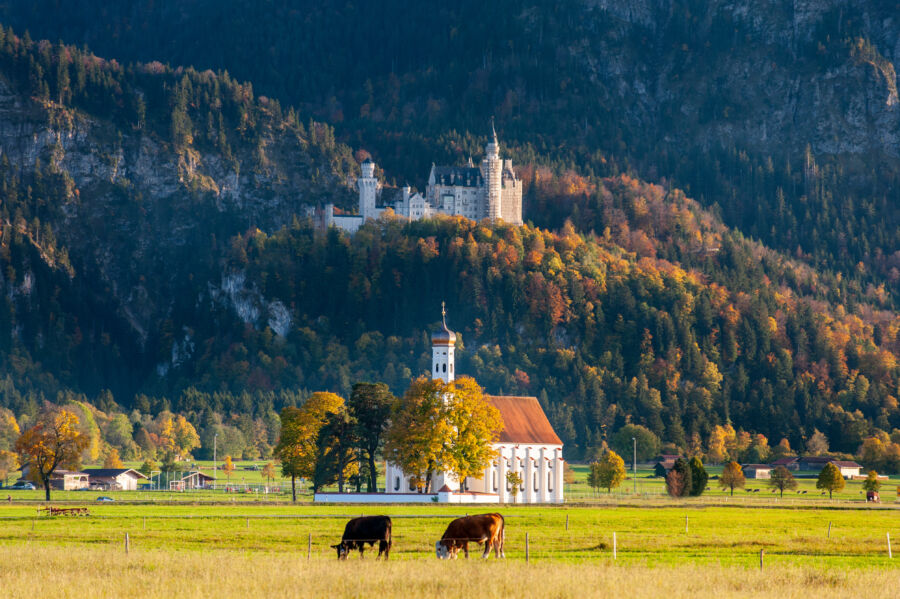
For that classic postcard shot, head to Marienbrücke. Arrive early (before 10 a.m.) or late (after 4 p.m.) to avoid crowds in your photos. The bridge offers the perfect vantage point, with the castle framed against the mountains.
The snow-covered castle against the Alps in winter creates a true fairy tale scene. Bring a zoom lens to capture details of the towers and turrets.
For unique angles, try these spots:
- The meadow below for upward views
- The hiking trail past Marienbrücke for side angles
- Schwansee (Swan Lake) for reflections on clear days
The best lighting occurs during “golden hour” – about an hour before sunset when the castle walls glow warm against the landscape. If you’re visiting in summer, the castle is beautifully illuminated at night.
Don’t forget to capture the picturesque town of Füssen in the distance. It adds context to your castle photos and shows the beautiful Bavarian setting.
See Related: Germany Trip Cost: Budget-Friendly 7-Day Adventure Under €1000
Day Trip Destinations around Füssen

Füssen’s prime location in Bavaria makes it an excellent base for exploring some of Germany’s most beautiful sights. The town sits at the doorstep of several iconic destinations that showcase the region’s rich history and stunning landscapes.
The Romantic Road Adventure
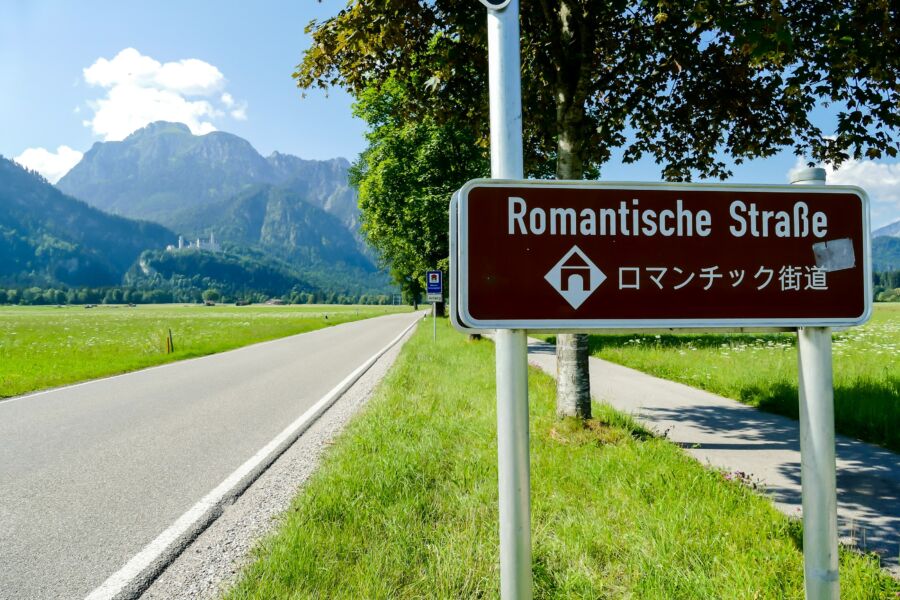
The Romantic Road (Romantische Straße) is Germany’s most famous scenic route, and Füssen marks its southern endpoint. This historic trade route stretches 350 km north toward Würzburg, connecting medieval towns with fairytale charm.
Along this route, you’ll discover well-preserved walled towns like Rothenburg ob der Tauber with colorful half-timbered houses. Dinkelsbühl offers a perfectly preserved medieval center that feels frozen in time.
You can explore portions of the Romantic Road on guided tours from Füssen. Many travelers rent a car to experience the winding roads and picturesque landscapes at their own pace. The journey takes you through the Bavarian countryside with rolling hills, forests, and charming villages.
Excursions to Hohenschwangau and Schwangau
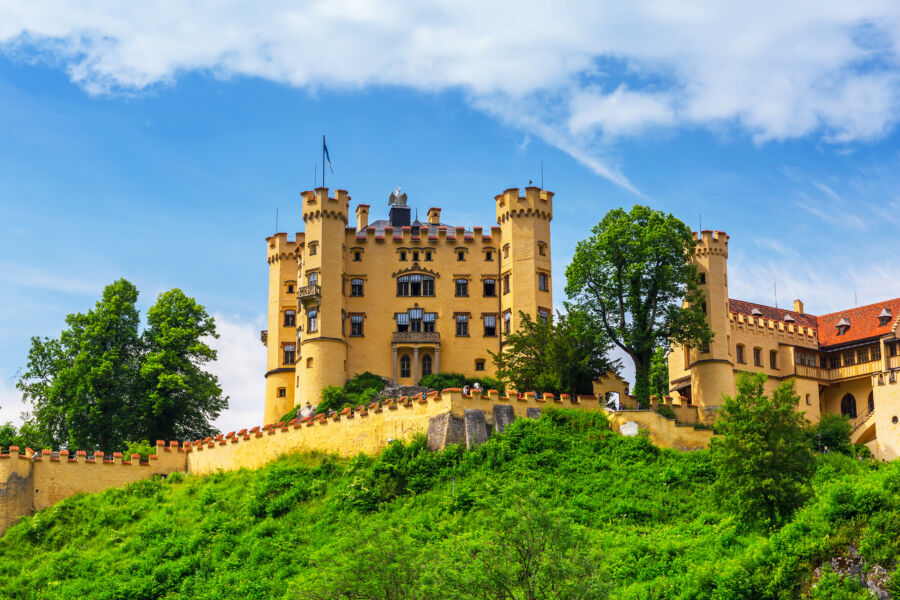
Just a short distance from Füssen lie the villages of Hohenschwangau and Schwangau, home to two of Bavaria’s most magnificent castles.
Hohenschwangau Castle, the childhood home of King Ludwig II, sits on a hill overlooking the Alpsee lake. The yellow fortress was built by Ludwig’s father, King Maximilian II, in the 19th century. The interior features romantic paintings of German legends and medieval themes.
Nearby rises the world-famous Neuschwanstein Castle, Ludwig II’s fairytale creation that inspired Disney’s Sleeping Beauty Castle. The white limestone palace with soaring towers represents the king’s romantic idealization of the Middle Ages.
Both castles can be visited daily, but tickets should be purchased in advance, especially during summer. The area around the castles offers beautiful hiking opportunities with breathtaking Alpine views.
Visiting Linderhof Palace

Linderhof Palace, another of King Ludwig II’s magnificent creations, lies 45 minutes from Füssen. This smaller palace was the only one the king lived to see completed.
Unlike his other grand projects, Linderhof has an intimate atmosphere, modeled after Versailles but on a smaller scale. The palace grounds feature ornate baroque gardens with fountains, terraces, and themed garden rooms. Don’t miss the Venus Grotto, an artificial cave with a small lake where Ludwig enjoyed being rowed while listening to Wagner operas.
The palace interior displays Ludwig’s fascination with Louis XIV of France. Rooms are decorated in rococo style and adorned with gold leaf, porcelain, and mirrors.
The Hall of Mirrors creates a seemingly endless reflection that captivates visitors. Guided tours take about 30 minutes and offer fascinating insights into the eccentric king’s personality and vision.
Practical Visitor Information
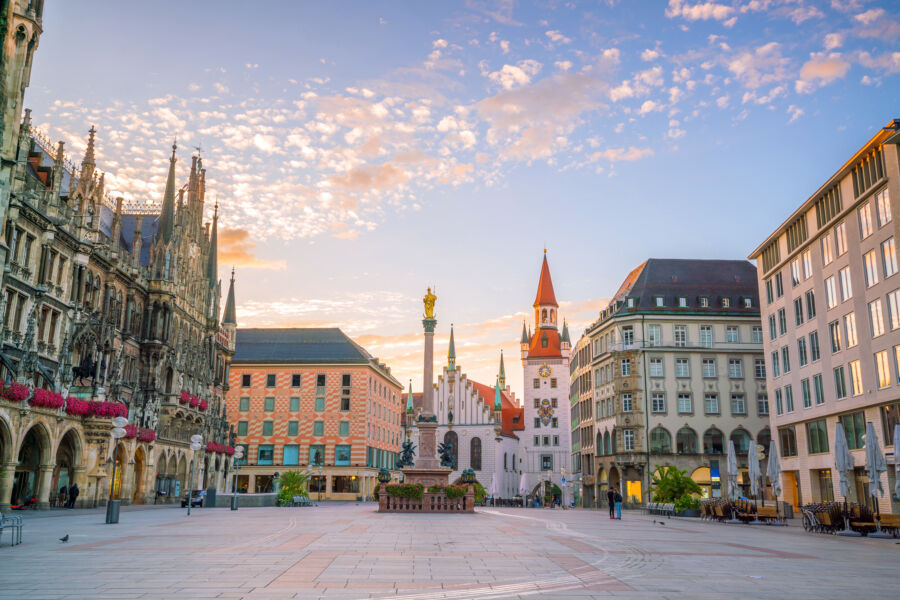
Knowing the details of visiting Munich and Füssen when planning your Bavaria trip will save you time and enhance your experience. Both destinations offer distinct experiences with different practical considerations for accommodations, food, cultural norms, and getting around.
Accommodation Options
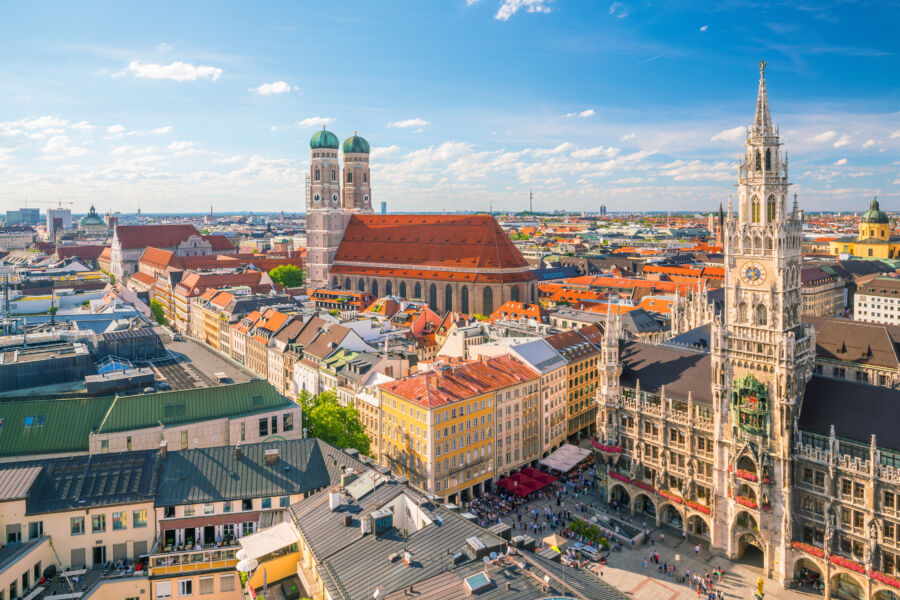
Munich offers many places to stay, from luxury hotels to budget hostels. The city center (near Marienplatz) provides convenient access to higher-priced attractions. Consider neighborhoods like Schwabing or Haidhausen for more affordable hotel accommodations with good transport connections.
Füssen is much smaller and has fewer options but plenty of charm. Family-run guesthouses and B&Bs dominate the scene, often at lower rates than Munich. Many places offer stunning mountain views and a more personal touch.
Book well ahead if visiting during Oktoberfest (late September or October) when Munich prices skyrocket and availability plummets. The same applies to Füssen when tourists flock to see Neuschwanstein Castle in summer.
Winter travelers might find better deals in both locations, except during Christmas markets and ski season in Füssen.
Dining and Cuisine
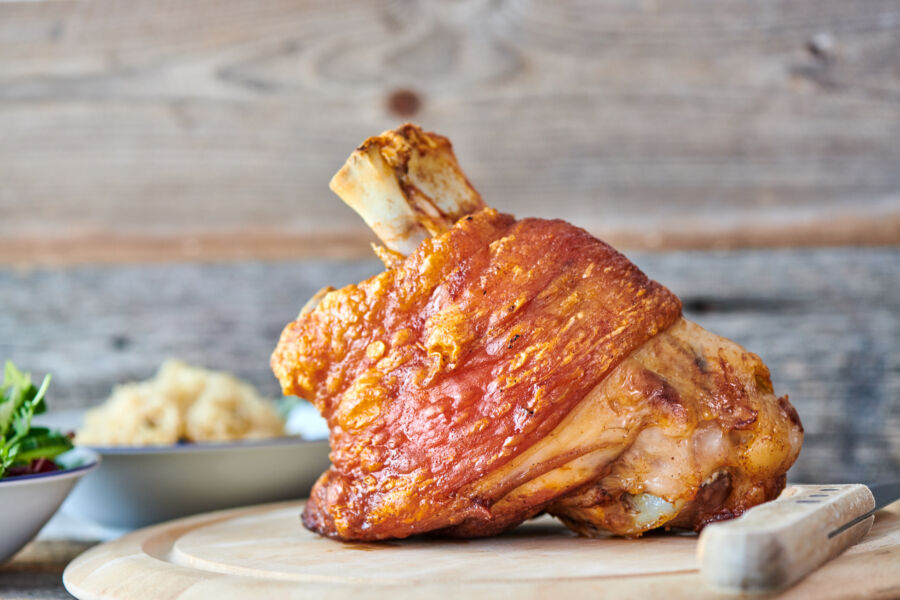
Both destinations showcase excellent Bavarian cuisine but with different atmospheres. Munich boasts hundreds of restaurants, from traditional beer halls to international fine dining. Don’t miss visiting a traditional Biergarten in summer—the Augustiner or Hofbräuhaus are classics.
Munich prices tend to be higher, especially in tourist areas. Local favorites include:
- Weisswurst (white sausage) with sweet mustard
- Schweinshaxe (pork knuckle)
- Obatzda (cheese spread)
- Pretzels
Füssen offers smaller, cozier restaurants with more reasonable prices. Due to its proximity to the border, many serve hearty Alpine specialties with Austrian influences. For budget options in both places, look for “Mensa” university cafeterias in Munich or bakeries selling affordable sandwiches and snacks.
Cultural Etiquette

Bavarians appreciate punctuality and directness. Aim to arrive on time if invited somewhere at a specific time. Sharing tables with strangers during busy times is common in restaurants – just ask, “Ist hier frei?” (Is this seat free?).
Tipping practices are straightforward: round up or add 5-10% to your bill for good service. Unlike in America, servers don’t depend heavily on tips for their income.
Public transportation operates on an honor system. Buy your ticket and validate it before boarding. Inspectors randomly check tickets, and fines are steep.
When visiting churches or religious sites in Munich or Füssen, dress modestly, covering shoulders and knees. Many Bavarians, especially in the more rural Füssen area, appreciate visitors who respect local traditions.
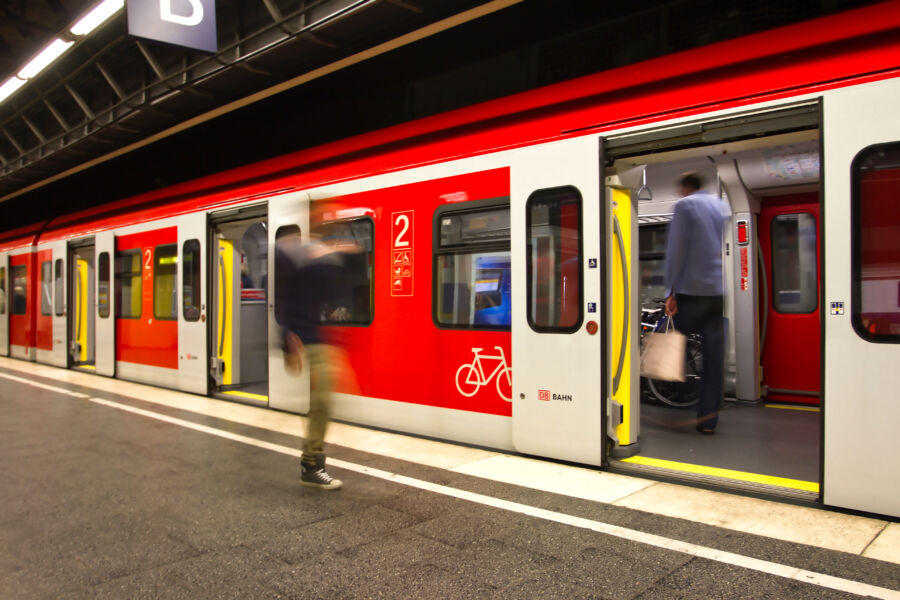
Munich boasts an extensive, efficient public transport network of U-Bahn (subway), S-Bahn (commuter rail), trams, and buses. The MVV system uses a zone-based fare structure. Consider buying day tickets or the Munich Card for unlimited travel plus museum discounts.
Getting to Füssen from Munich is straightforward via a scenic 2-hour train journey. Trains depart regularly from Munich’s main train station (Hauptbahnhof).
In Füssen, most attractions are walkable, though buses connect the town center with Neuschwanstein Castle. Consider the Füssen Card (often included with accommodation) for free bus travel and discounts.
For those wanting flexibility, rental cars work well for exploring the Romantic Road and the countryside around Füssen. However, parking in Munich’s center can be challenging and expensive, where public transport is typically more convenient.
See Related: What to Pack for Germany: Essential Items for Your Bavarian Adventure
Frequently Asked Questions
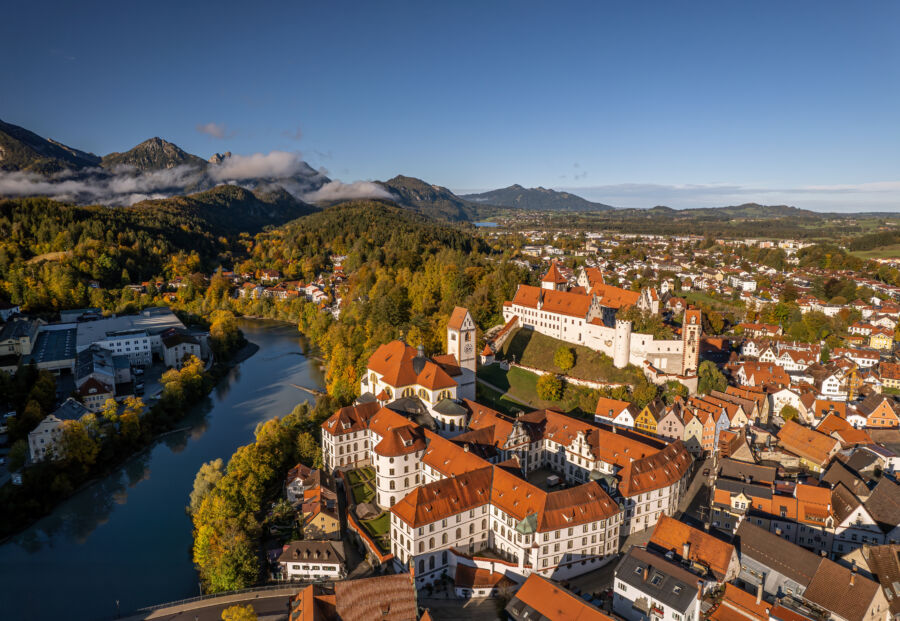
Travelers planning a trip to Bavaria often have specific questions about navigating between Munich and Füssen. These questions cover everything from transportation options to seasonal considerations and unique experiences in both locations.
How can one travel from Munich to Neuschwanstein Castle, and what transportation options are available?
The journey from Munich to Neuschwanstein Castle takes about 2 hours by train. Visitors should take a train from Munich to Füssen, then catch a local bus (#73 or #78) to the castle area.
For those who prefer more flexibility, car renting allows stops at charming villages. Depending on traffic, the drive takes approximately 1.5-2 hours.
Several tour companies also offer day trips from Munich, including transportation and guided tours. These range from €60-90 per person and handle all logistics, making them perfect for travelers with limited time.
The Wieskirche (Pilgrimage Church of Wies) sits between Munich and Füssen, representing a stunning example of Rococo architecture. This UNESCO World Heritage site often gets overlooked despite its breathtaking interior.
Linderhof Palace, one of King Ludwig II’s smaller castles, features beautiful gardens and an incredible Venus Grotto. It’s less crowded than Neuschwanstein but equally magical.
With its painted houses and woodcarving traditions, the village of Oberammergau is a delightful stop. The village hosts the famous Passion Play every ten years, a tradition dating back to 1634.
In terms of cultural experiences, how do Munich and Füssen differ?
Munich offers big-city cultural institutions like the Deutsches Museum and world-class art galleries. The city buzzes with modern Bavarian culture while preserving traditions through events like Oktoberfest.
Füssen provides a more intimate cultural experience focused on Bavaria’s royal history and Alpine traditions. The town’s medieval center and Musical Instrument Museum showcase its unique heritage.
The pace differs dramatically between locations. Munich hums with cosmopolitan energy while Füssen moves slower, allowing visitors to experience traditional Bavarian small-town life up close.
What unique culinary experiences can one expect when traveling in the Munich-Füssen region?
Munich shines with its beer hall culture, where visitors can sample local brews alongside traditional dishes like Weisswurst (white sausage) and pretzels. The Viktualienmarkt food market offers specialty foods from across Bavaria.
Füssen’s smaller restaurants often serve Alpine specialties such as Käsespätzle (cheese noodles) and freshwater fish from nearby lakes. The region’s mountain cheeses are particularly notable.
Both areas take pride in their desserts. Try Dampfnudel (steamed sweet dumplings) in Munich or Apfelstrudel in Füssen’s cafés, often made with apples from local orchards.
Can you recommend the best time of year to visit Füssen for those starting their trip from Munich?
Late spring (May-June) offers ideal conditions with wildflowers blooming across Alpine meadows and comfortable temperatures for exploring castles. The crowds haven’t reached summer levels yet.
Fall (late September-October) brings spectacular foliage colors to the region. The weather typically remains pleasant, and there’s a special charm to seeing Neuschwanstein Castle surrounded by autumn trees.
Winter visits (December-February) transform Füssen into a snowy wonderland. While some hiking trails close, the castles against snow-capped mountains create magical photo opportunities. Christmas markets in both locations add festive charm.
What are the top accommodations for an ideal stay between the Munich and Füssen areas?
In Munich, Hotel Laimer Hof offers a charming family-run experience in a quieter neighborhood. The hotel also maintains good public transport connections. The Platzl Hotel, on the other hand, sits near Marienplatz for those wanting central convenience.
Meanwhile, Füssen’s Hotel Sonne combines a central location with historic charm. The hotel dates back to the 16th century. For mountain views, Hotel Schlosskrone provides comfortable rooms and excellent service.
Consider staying in Garmisch-Partenkirchen as a halfway point between both destinations. The Reindl’s Partenkirchner Hof offers luxury accommodations, stunning mountain vistas, and convenient access to Munich and Füssen.

